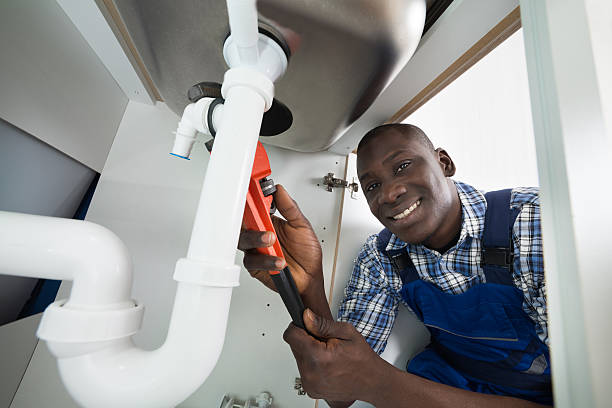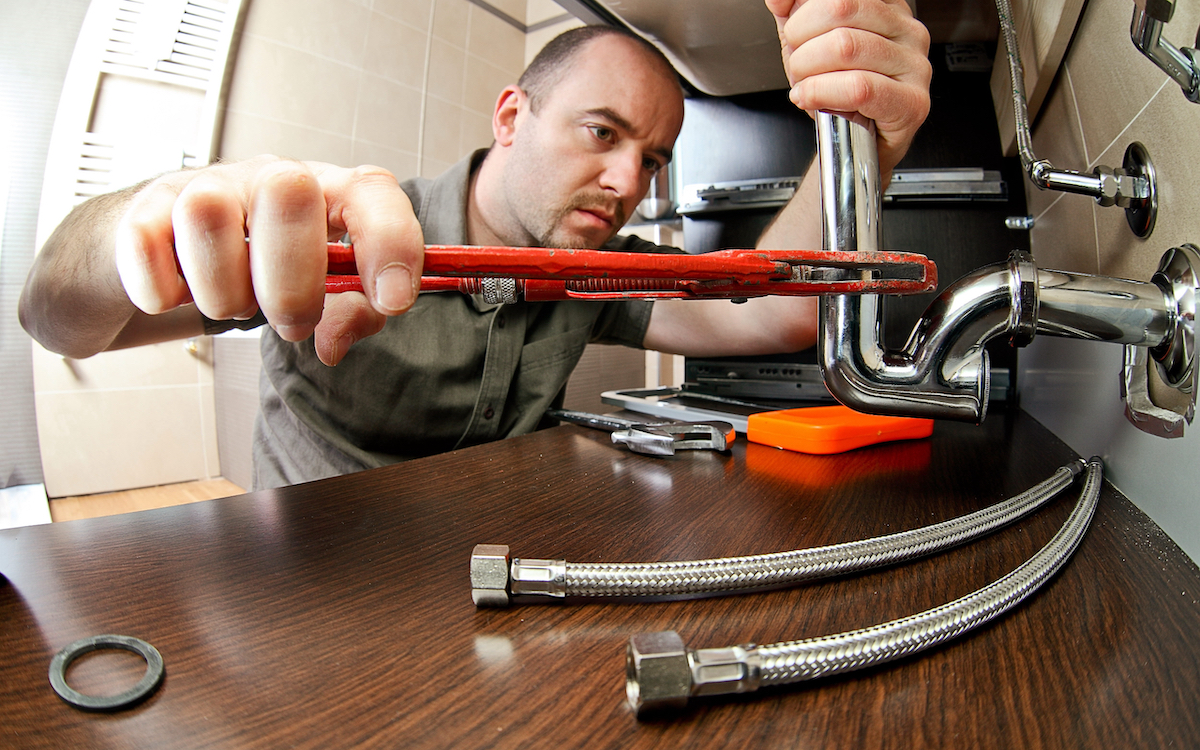Rapid and Efficient Drain Cleaning Alabaster AL Services Available
A Detailed Overview to Efficient Water Heating System Installment for Optimum Efficiency
Starting the job of installing a hot water heater is a venture that demands accuracy and a methodical approach for achieving ideal efficiency. The procedure starts with the essential choice of choosing the proper heating system customized to the certain needs of your home, thinking about aspects such as energy, size, and kind source. As soon as chosen, preparing the setup location to meet safety and security requirements is paramount. However, the journey does not end right here. As you continue, the details of attaching water supply lines and establishing reliable electric or gas connections await, promising understandings right into making certain performance and dependability.
Picking the Right Hot Water Heater

Next, think about the size and ability of the water heater. It's crucial to analyze your house's warm water needs, which can vary based upon the variety of residents and their use patterns. An unit that's also little might result in not enough warm water, while a large model could result in unnecessary power intake.
Efficiency ratings also play an essential duty in selection. Try to find hot water heater with high Energy Element (EF) ratings, suggesting remarkable efficiency and decreased energy use. Tankless designs, though typically a lot more costly ahead of time, offer considerable energy financial savings over time as a result of their on-demand heating capabilities.
Preparing the Installment Location
Prior to installing a new water heating system, meticulous prep work of the installment area is crucial. It's crucial to determine the area thoroughly to suit the water heater's measurements, making certain appropriate clearance around the system for efficient operation and maintenance.
Inspect the floor for stability, as the water heater will certainly need a strong, level surface area to run properly. If needed, mount a drip frying pan beneath the system to catch possible leakages or spills, protecting against water damages to the surrounding area.
In addition, guarantee that all needed devices and materials get on hand before beginning the setup. This includes products such as wrenches, screwdrivers, a level, and any type of extra hardware needed for protecting the heater and mounting. A well-prepared installment location establishes the foundation for an effective water heating system setup, enhancing performance and safety.
Connecting Water System Lines
When connecting water supply lines to your recently set up hot water heater, it is crucial to make certain that all connections are secure and leak-free to keep effective procedure and prevent water damages. Begin by identifying the cold and hot water lines. The cool water inlet is normally marked with a blue label read this article or a "C", while the warm water electrical outlet is marked with a red label or an "H".
Usage adaptable hot water heater connectors to assist in a simpler setup procedure. These connectors can take in vibration and permit minor movement, decreasing the danger of leaks. Prior to attaching the ports, put a plumbing technician's tape around the threaded ends of the water heating unit's inlet and electrical outlet pipelines - Water Heater installation Alabaster AL. This tape works as a sealer, preventing leakages. Very carefully link the versatile pipes to the corresponding inlet and outlet, guaranteeing that they are not over-tightened yet limited, which might harm the strings.
When connections are in place, slowly switch on the main water system valve. Evaluate each link for leaks by aesthetically feeling and examining for dampness. Tighten up connections as necessary, and ensure the pressure safety valve is correctly set up, guarding against excessive stress build-up.
Establishing Up Electric or Gas Links
Correctly setting up the electric or gas connections for your water heating system is an important step to make certain effective and safe procedure. For electrical water heating systems, start by confirming that the electric circuit is compatible with the heating system's voltage and amperage demands.
For gas hot water heater, safety and security is paramount. Confirm that the gas supply is off prior to proceeding. Attach the gas line to the water heating unit utilizing an adaptable gas connector, guaranteeing it is properly threaded and sealed with pipe joint substance or Teflon tape ideal for gas links. Tighten the links with a wrench, taking treatment not to over-tighten (Plumbing Alabaster AL).
Once links are made, check for any type of possible leakages. For gas lines, use a soapy water solution to the joints; bubbles indicate a leak. For electric links, confirm that all circuitry is secure and correctly protected, preserving conformity with neighborhood electric codes.
Evaluating and Changing for Efficiency
With the electric and gas connections safely in area, the next action is assessing the operational performance of your water heating system. Begin by very carefully transforming on the water supply and guaranteeing there are no leaks at any of the joints or shutoffs.
Next, do a comprehensive assessment to make sure the burner or gas burners are operating appropriately. For electric heating units, utilize a multimeter to confirm if the aspects are drawing the suitable present. In gas models, observe the heater fire; it must be stable and blue, indicating efficient burning.
Change the setups as necessary to eliminate read here inefficiencies. Consider implementing insulation measures, such as adding a water heating unit covering, to better enhance performance by reducing warmth loss. Furthermore, examine the anode rod's condition, as a scrubby rod can minimize efficiency and result in storage tank rust.
Conclusion
Reliable hot water heater installment is essential for making certain optimal performance and power savings. By selecting the ideal type and size, and thoroughly preparing the installation location, a foundation for success is developed. Firmly linking water supply lines and carefully setting up electrical or gas links reduce possible concerns. Detailed screening for leaks and exact thermostat modifications to 120 ° F boost dependability and performance. Sticking to these steps advertises lasting capability and energy conservation in property water heater.

Correctly establishing up the electrical or gas links for your water heater is a critical action to guarantee efficient and risk-free operation. For electrical water heating units, begin by validating that the electric circuit is compatible with the heating system's voltage and amperage requirements. Attach the gas line to the water heating system utilizing an adaptable gas port, guaranteeing it is correctly threaded and sealed with pipe joint compound my blog or Teflon tape suitable for gas links.